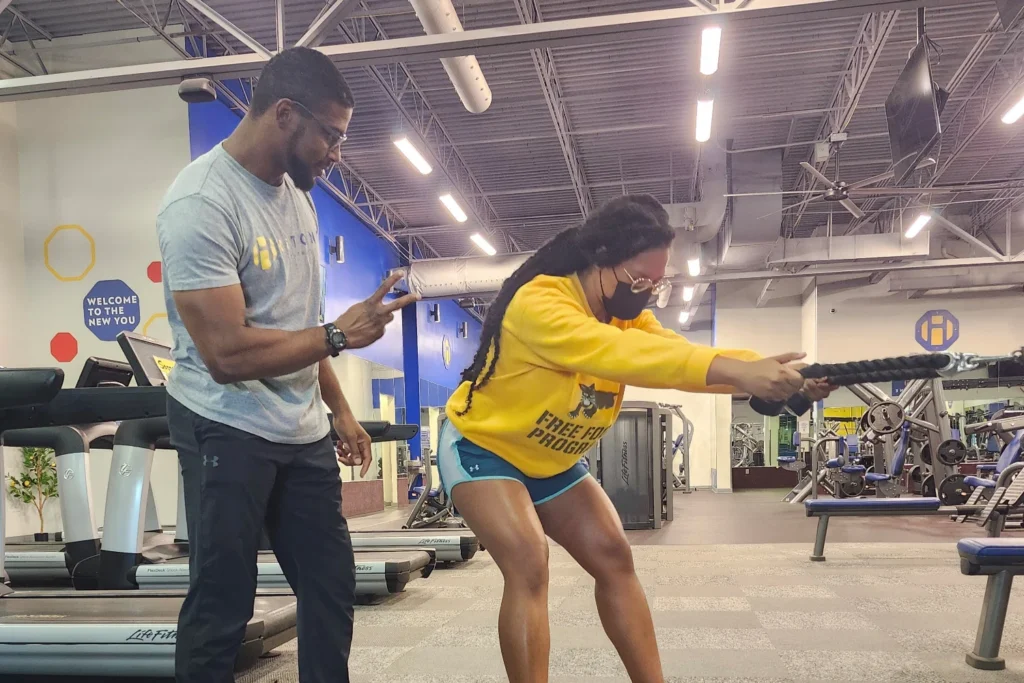If you’ve ever struggled with stiff or tight ankles, you’re not alone. Many people overlook the importance of ankle flexibility, yet it’s crucial for everything from walking to more dynamic activities like running and jumping. In this article, we’ll explore a range of ankle exercises designed to transform tight ankles into flexible, mobile joints that enhance your overall movement.
Why does ankle flexibility matter?
Your ankles are involved in almost every lower body movement. Whether you’re taking a casual stroll or sprinting on the track, flexible ankles can make all the difference.
When your ankles are flexible, you can move more efficiently. This not only improves performance in sports and daily activities but also reduces the risk of injury. Imagine your ankles as the foundation of a building; if they’re not strong and flexible, the entire structure above could suffer.
Common causes of tight ankles
Tight ankles can be the result of various factors, including a sedentary lifestyle, improper footwear, previous injuries, or even genetics. Understanding the cause can help you address the problem more effectively.
Incorporating ankle exercises into your routine has numerous benefits. Not only do these exercises improve flexibility, but they also strengthen the muscles and ligaments around the joint, leading to better balance, stability, and overall movement.
Understanding ankle anatomy
To fully appreciate how ankle exercises work, it’s helpful to have a basic understanding of the anatomy of the ankle. The ankle joint is a complex structure that connects the foot to the leg and is supported by muscles, ligaments, and tendons.
The ankle joint is where the bones of the leg (tibia and fibula) meet the bones of the foot (talus and calcaneus). Ligaments hold these bones together, providing stability, while allowing for a range of movement. Strengthening these ligaments through exercise can help prevent sprains and other injuries.
Several muscles in the lower leg, including the calf muscles (gastrocnemius and soleus), play a significant role in ankle movement. Tight or weak muscles can limit the ankle’s range of motion, making flexibility exercises crucial.
Best ankle exercises for better movement
Now that you understand the importance of ankle flexibility and how the anatomy of the ankle works, let’s dive into the best exercises to improve your ankle mobility. These exercises can be categorized into stretching, strengthening, and balance/stability exercises.
Stretching exercises
Stretching is the first step in improving ankle flexibility. These exercises help to elongate the muscles and tendons around the ankle, increasing the joint’s range of motion.
- Ankle circles: Ankle circles are a simple yet effective exercise that can be done anywhere. Start by sitting or standing, then slowly rotate your ankle in a circular motion, first in one direction and then in the opposite direction. Repeat for 10-15 circles on each foot.
- Calf stretch: The calf stretch targets the muscles at the back of your lower leg. Stand facing a wall, place one foot in front of the other, and push your back heel into the ground while keeping your back leg straight. Hold for 20-30 seconds, then switch legs.
- Achilles tendon stretch: This stretch focuses on the Achilles tendon, which is often tight in people with limited ankle flexibility. Stand on the edge of a step, with your heels hanging off, and slowly lower your heels until you feel a stretch in your calves and Achilles tendons. Hold for 20-30 seconds.
Strengthening exercises
Strengthening the muscles around your ankle is just as important as stretching. These exercises build stability and support, reducing the risk of injury.
- Heel raises: Heel raises strengthen the calf muscles and improve ankle stability. Stand with your feet shoulder-width apart, then slowly raise your heels off the ground, balancing on the balls of your feet. Lower back down and repeat for 15-20 repetitions.
- Toe walks: Walking on your toes is a great way to strengthen the muscles on the front of your lower legs. Simply walk forward on your toes for 30-60 seconds, then rest and repeat.
- Resistance band ankle flexion: Using a resistance band, you can add some extra challenge to your ankle strengthening routine. Sit on the ground with your legs extended, loop a resistance band around your foot, and pull the band towards you while flexing your ankle. Hold for a few seconds, then release. Repeat for 10-15 reps.
Give these exercises a try at no cost. Apply for the 3-day free pass and use it at our Sanford NC gym.
Balance and stability exercises
Balance and stability exercises are essential for improving ankle proprioception—the ability to sense and control the position of your ankle. These exercises can help prevent falls and improve overall movement.
- Single-leg stands: Standing on one leg challenges your balance and strengthens the muscles around your ankle. Start by standing on one foot for 30 seconds, then switch to the other foot. To increase the difficulty, try closing your eyes or standing on a soft surface.
- Bosu ball exercises: Using a Bosu ball adds an extra element of instability, making your ankle muscles work harder to maintain balance. Try doing simple exercises like squats or lunges on the Bosu ball to enhance ankle stability.
- Lateral hops: Lateral hops are a dynamic way to improve ankle stability. Stand with your feet together, then hop side-to-side over a line or small object. Keep your knees slightly bent and land softly to protect your joints.
Final thoughts
Ankle flexibility might not be something you think about often, but it plays a crucial role in your overall movement and stability. Whether you’re an athlete, a fitness enthusiast, or just someone who wants to move better in daily life, incorporating these ankle exercises into your routine can make a significant difference. By focusing on stretching, strengthening, and balancing exercises, you’ll not only improve your ankle mobility but also reduce the risk of injuries and enhance your performance in various activities. Remember, consistency is key—so keep at it, and soon you’ll notice your ankles going from tight to flexible, supporting you in every step you take.





